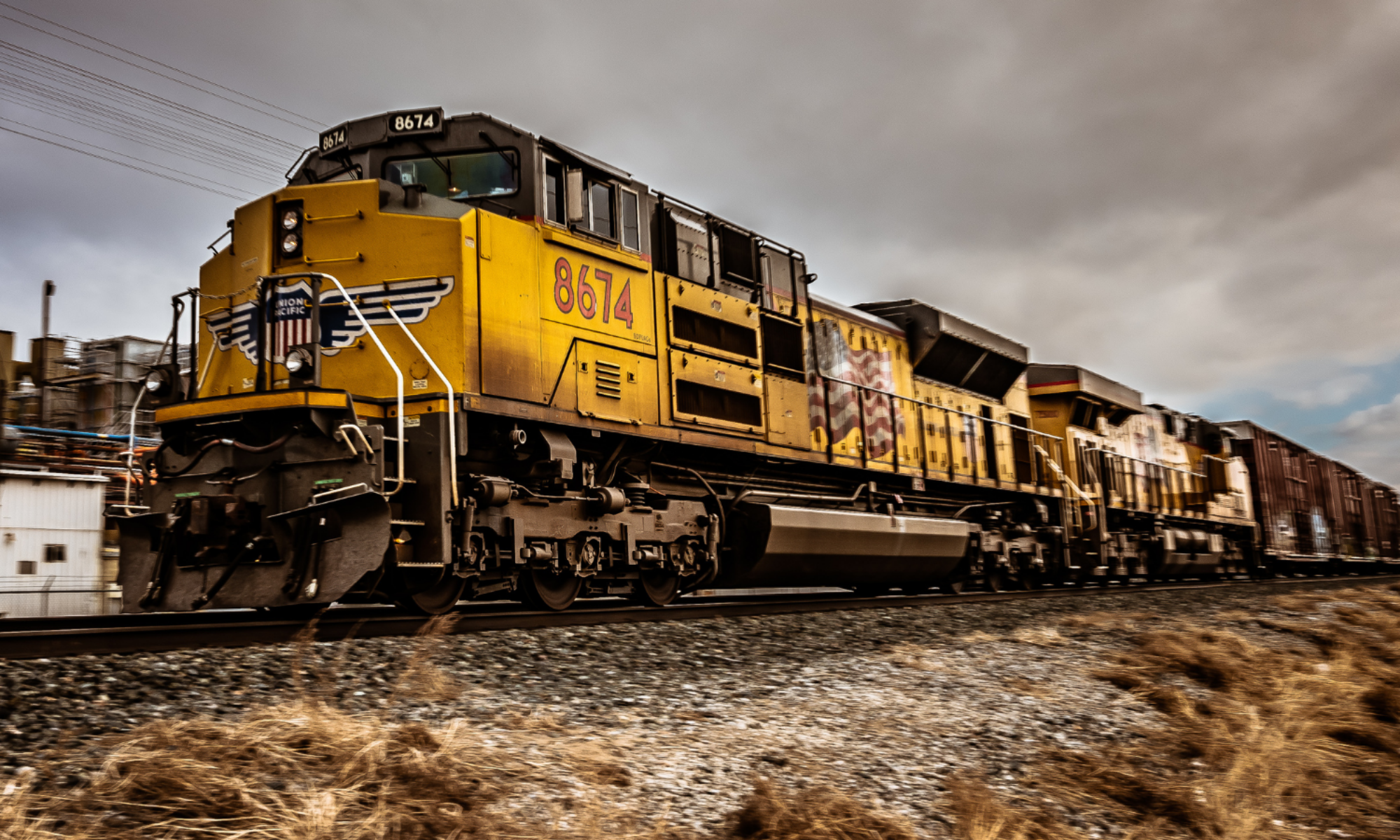Safety
Safeguarding the well-being of their employees and the communities along their train routes is a top priority for freight rail companies. Thanks in part to ongoing private investments into technology, infrastructure and equipment, freight rail is the safest way to move goods over land and is working to get safer every day.
- U.S. railroads have lower employee injury rates than most major industries.
- Between 2000 and 2020, train accidents decreased 33%.
- Over the same period, HAZMAT accident rates decreased 60%.
- 99.997% of HAZMAT are safely delivered.
- In 2020, rail employee injuries reached all-time low.
Economic Impact
Significant Capital Investments
- Freight railroads are privately-owned, and since 2020, they have invested $250 billion in capital improvements nationally to maintain their networks.
Good-Paying Jobs and Generous Benefits
- The railroads employee 3,750 Minnesotans, with average wages and benefits per employee of $132,590.
- 12,600 retired railroad workers live in Minnesota and received $331 million in retirement benefits annually
- Including indirect employment, freight rail is responsible for approximately 7% of Minnesota’s employment – roughly 250,000 jobs Moving Minnesota’s Economy
- 25% of Minnesota’s freight moves by rail. In 2021, that was equivalent to 99.1 million tons of goods or 1.19 million carloads of freight.
- Minnesota industries dependent on moving their goods to market include mining, agriculture and forestry. Using rail to move these commodities adds an estimated $2,000 to the average Minnesotan’s income.
Environment
Railroads are the most fuel-efficient way to move freight over land:
- Moving freight by train instead of truck reduces GHG emissions by up to 75%.
- Freight railroads are 3-4 times more fuel efficient than trucks, on average. One ton of rail freight can move almost 500 miles on 1 gallon of fuel.
- If railroads did not move freight in the United States, it would take over 83 million additional trucks traveling on public roadways and would take about four times more fuel than rail to handle the freight Americans rely on every day
- According to EPA data, freight railroads account for just 0.5% of total U.S. GHG emissions and just 1.7% of transportation-related GHG emissions versus 23.4% for trucking.
Investing in Minnesota’s Communities
- Minnesota’s railroads pay property taxes to the counties and cities in which they operate, totaling $68,296,800 in annually.
- Railroads partner with local first responders to provide incident training and conduct response exercises on an annual basis.
- Freight railroads support the communities in which they operate with charitable contributions. For example:
- The UP Foundation gives over $120,o00 a year to organizations such as the Minnesota Zoo, Penumbra Theatre, and Metropolitan State.
- The BNSF Railway Foundation has donated over $1 million to Minnesota non-profits since 2020.
- The CPKS Holiday Train annually raises over $20 million and 5 million pounds of food for local food shelves across North America. In 2022, there were 20 stops across Minnesota that benefited from the dollars and food donated.

